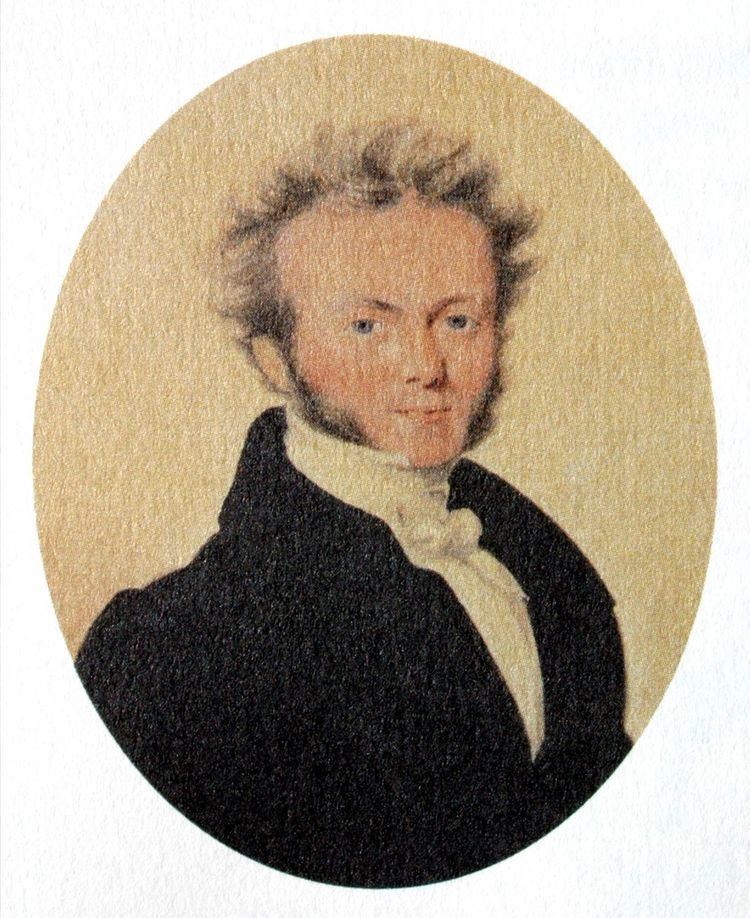Nationality British | Name Thomas Maclear | |
 | ||
Died July 14, 1879, Cape Town, South Africa | ||
Sir Thomas Maclear (17 March 1794 – 14 July 1879) was an Irish-born South African astronomer who became Her Majesty's astronomer at the Cape of Good Hope.
Contents

Life
He was born in Newtownstewart, County Tyrone, Ireland, the eldest son of Rev James Maclear and Mary Magrath. In 1808 he was sent to England to be educated in the medical profession. After passing his examinations, in 1815 he was accepted into the Royal College of Surgeons of England. He then worked as house-surgeon in the Bedford Infirmary.
In 1823 he went into partnership with his uncle at Biggleswade, Bedfordshire. Two years later in 1825 he was married to Mary Pearse, the daughter of Theed Pearse, Clerk of the Peace for the county of Bedford.
Maclear had a keen interest in amateur astronomy, and would begin a long association with the Royal Astronomical Society, to which he would be named a Fellow. In 1833, when the post became vacant, he was named as Her Majesty's Astronomer at the Cape of Good Hope, and arrived there aboard the Tam O'Shanter with his wife and 5 daughters, to take up his new duties in 1834. He worked with John Herschel until 1838, performing a survey of the southern sky, and continued to perform important astronomical observations over several more decades. The Maclears and Herschels formed a close friendship, the wives drawn together by the unusual occupations of their husbands and the raising of their large families. Mary Maclear, like Margaret Herschel, was a noted beauty and intelligent, though suffering from extreme deafness.
In 1750, Abbé Nicolas Louis de Lacaille had measured a triangulation meridian arc northwards from Cape Town, to determine the figure of the earth, and found that the curvature of the earth was less in southern latitudes than at corresponding northern ones. Sir George Everest visited the Cape in 1820 and visited the site of La Caille's measurements. From his experience in the Himalayas he believed that the presence of considerable mountain masses in the Cape could have caused false measurements to be made by La Caille. Between 1841 and 1848, Maclear would be occupied in performing a geodesic survey for the purpose of recalculating the dimensions and shape of the Earth. He became close friends with David Livingstone, and they shared a common interest in the exploration of Africa. He performed many other useful scientific activities, including collecting meteorological, magnetic and tide data.
In 1861 his wife died. Two years later he was granted a pension, but did not retire from the observatory until 1870. He lived thereafter at Grey Villa, Mowbray. By 1876, he had lost his sight, and he died three years later in Cape Town, South Africa. He is buried next to his wife in the grounds of the Royal Observatory.
